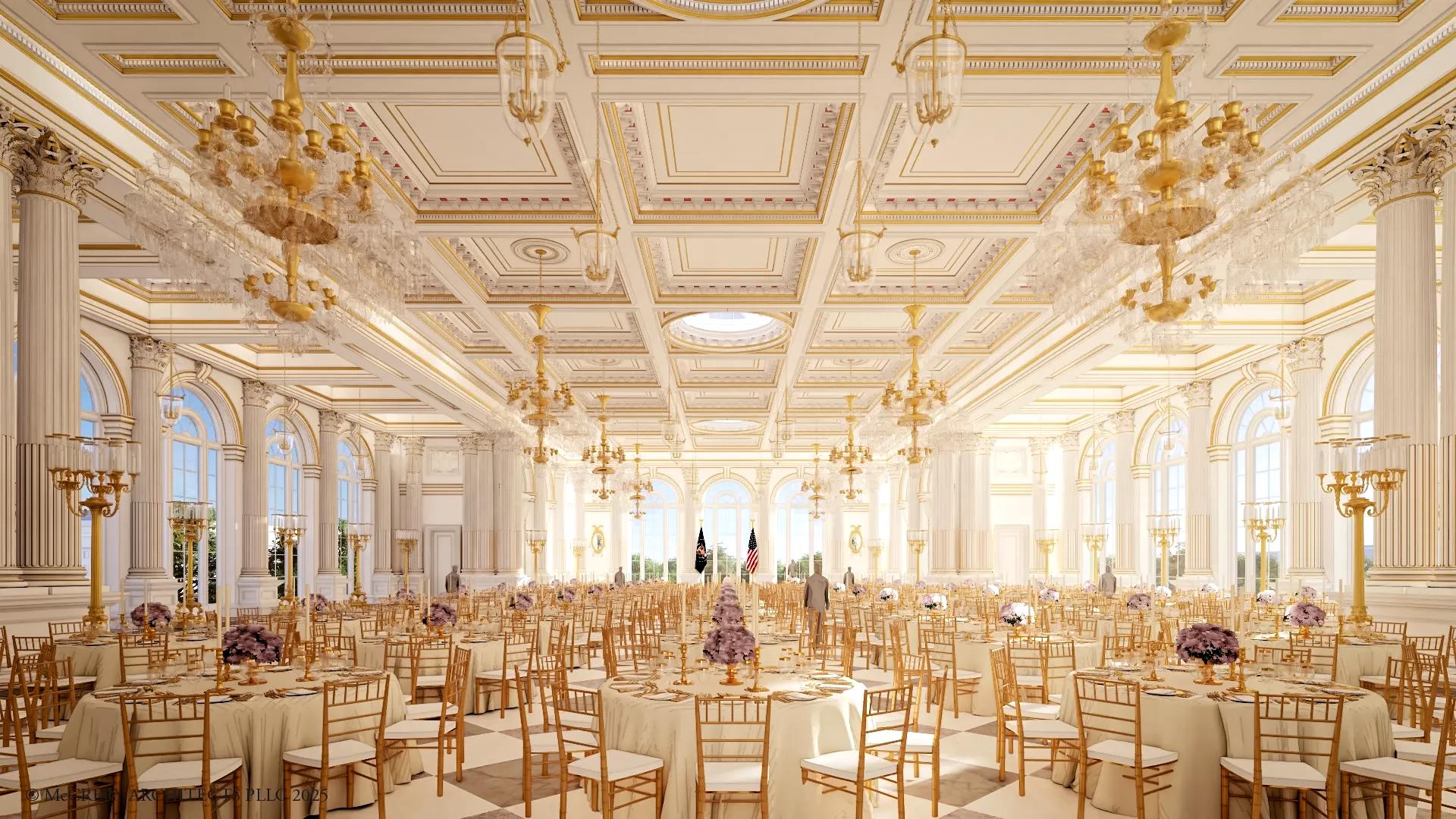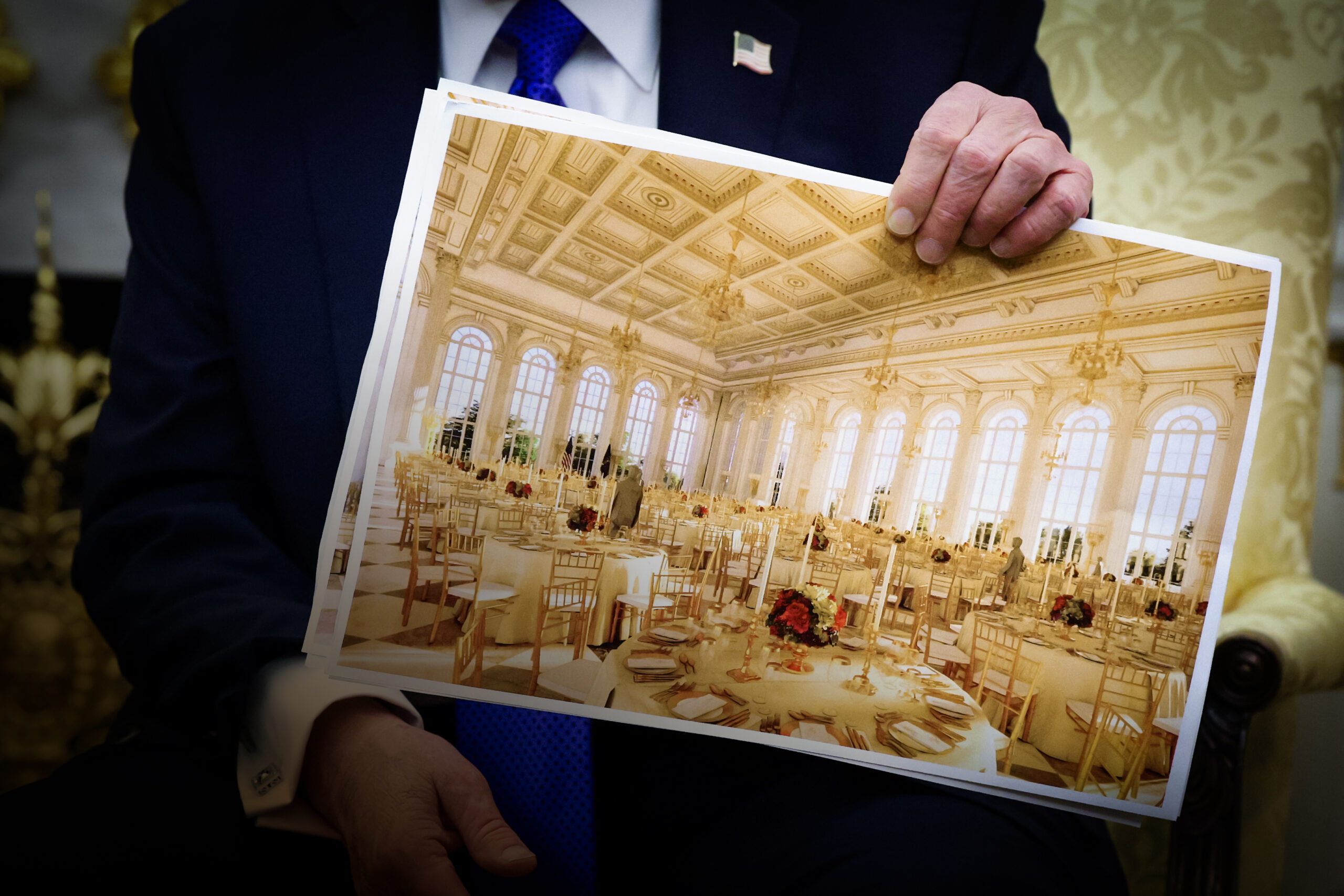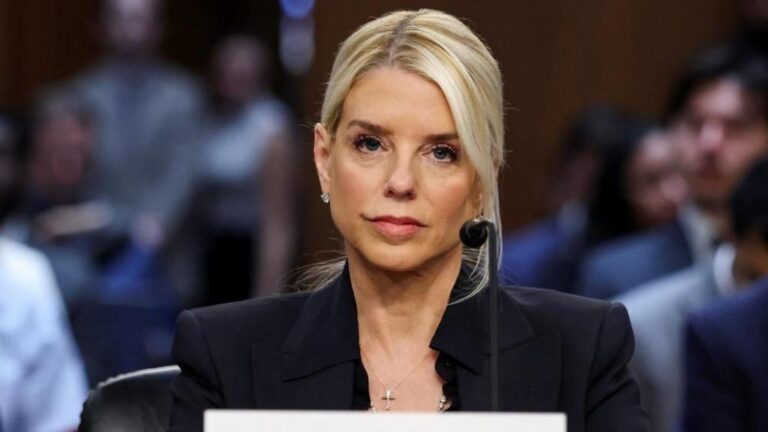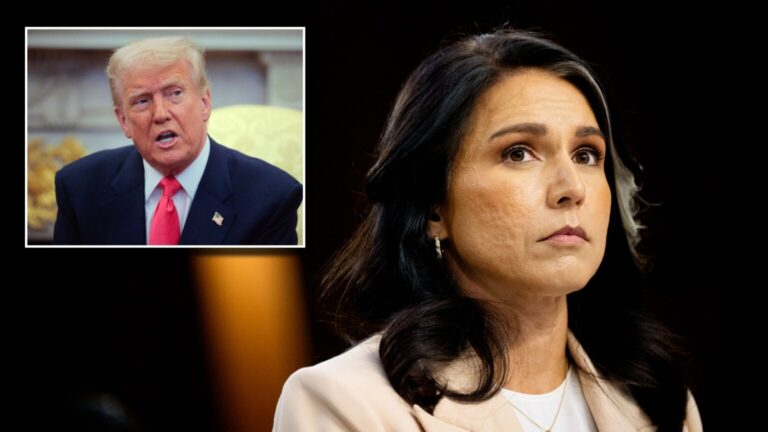White House Ballroom a Classical, Beautiful, and Long Overdue Project, Architects Say
WASHINGTON—Long before he became president, Donald Trump envisioned a White House ballroom and even offered to build one at his own expense. The Obama administration turned him down.
Now, as the current resident of 1600 Pennsylvania Avenue, Trump is bringing that long-held dream to life in the traditional, classical design he favors most.
“We’re good at building, I’m good at building things, and we’ll get it built quickly and on time,” Trump said on July 31 when he first announced his ballroom project. “It’ll be beautiful, top of the line.”
“We’ve retained the best architects and engineers,” he said.
However, soon after demolition began on the East Wing on Oct. 20, the project drew national attention. It quickly formed the basis of a political debate, with critics accusing Trump of erasing White House history and supporters arguing that the new ballroom is long overdue.
Trump said that presidents had wanted a ballroom for 150 years but that none had his experience in building them.
Despite being a national landmark, the White House has limited space to accommodate large gatherings.
The East Room, the largest event space on the property, fits about 200 guests. The State Dining Room, used for formal dinners and receptions, holds 140 people. As a result, large gatherings are often hosted in temporary tents built on the South Lawn, which Trump has described as “not a pretty sight.”
The new ballroom will be 90,000 square feet and be able to host up to 999 guests.

(Top) A rendering shows the White House’s exterior from the northeast after the East Wing renovation. The new 90,000-square-foot ballroom will accommodate up to 999 guests. Demolition of the East Wing began on Oct. 20. (Bottom) A rendering shows the interior of the new White House ballroom facing south. The White House
“Adding a large ballroom makes good sense—it’s an intelligent project to do,” Richard Cameron, architectural designer and cofounder of RWC Atelier & Co. in the New York City borough of Brooklyn, told The Epoch Times.
He said the White House has long been too small for a country with immense global power and influence, especially when it comes to hosting major diplomatic gatherings.
As a leading voice in the revival of classical architecture, Cameron applauded the new ballroom project and the administration’s broader efforts to beautify the nation’s capital.
Architect Behind Project
Trump has tapped James McCrery, 60, a leading architect in classical and traditional design, to lead the project. McCrery is a professor of architecture at The Catholic University of America and founder of McCrery Architects, a Washington-based firm.
Cameron, who has worked with McCrery in the past, said he believes that he is the right choice for the job, given his experience in classical design.
“I was very encouraged, actually, to hear about the project,” Cameron said.

Illustration by The Epoch Times, Google Earth, Getty Images
McCrery has earned international recognition for his work on traditional Roman Catholic churches. His most notable projects include Sacred Heart Cathedral in Knoxville, Tennessee, and St. Mary Help of Christians in Aiken, South Carolina. He has also worked on projects at the Supreme Court and other civic institutions.
In a statement in July, McCrery said the White House has remained “untouched” since the 1948 to 1952 renovation under President Harry Truman.
“I am honored that President Trump has entrusted me to help bring this beautiful and necessary renovation to The People’s House,” McCrery said.
In a recent interview with The European Conservative, McCrery said he believes that God guided him toward a career in classical architecture. During Trump’s first term, he served in the Commission of Fine Arts, the federal body responsible for offering design consultation for the nation’s capital.
McCrery has inspired students nationwide to embrace classical design, according to Eric Kerke, an architectural designer who previously led the Students for Classical Architecture club while earning his master’s degree at the University of Notre Dame.
He told The Epoch Times that although many students arrive with little understanding of classical architecture, through McCrery’s passion and teaching they come to appreciate and advocate for the tradition.

President Donald Trump speaks with architect James McCrery on the White House roof on Aug. 5, 2025. Trump tapped McCrery, a classical design specialist, to lead the new ballroom project. The White House
Kerke likened classical architecture to a language.
“When you look at classical architecture, it conveys a sense of elegance and majesty,“ he said. ”It’s meant to uplift the spirit. People have been practicing this for thousands of years, unlike modern architecture, which always seems to reinvent itself.”
According to the White House, Clark Construction will lead the construction of the project, while infrastructure consulting firm AECOM will oversee the engineering work.
The project has an ambitious timeline, as the White House predicts that its completion will occur “long before the end of President Trump’s term.”
On Aug. 25, Trump reinstated a policy from his first term that makes classical and traditional architecture the preferred style for federal government buildings, rather than modernist designs.
Titled “Making Federal Architecture Beautiful Again,” the executive order states that government buildings “should uplift and beautify public spaces, inspire the human spirit, ennoble the United States, and command respect from the general public.”
As defined in the order, classical architecture refers to design rooted in the forms and principles of ancient Greece and Rome, expanded through the Renaissance and Enlightenment, and reflected in later styles such as Neoclassical, Georgian, Federal, Greek Revival, Beaux Arts, and Art Deco.






